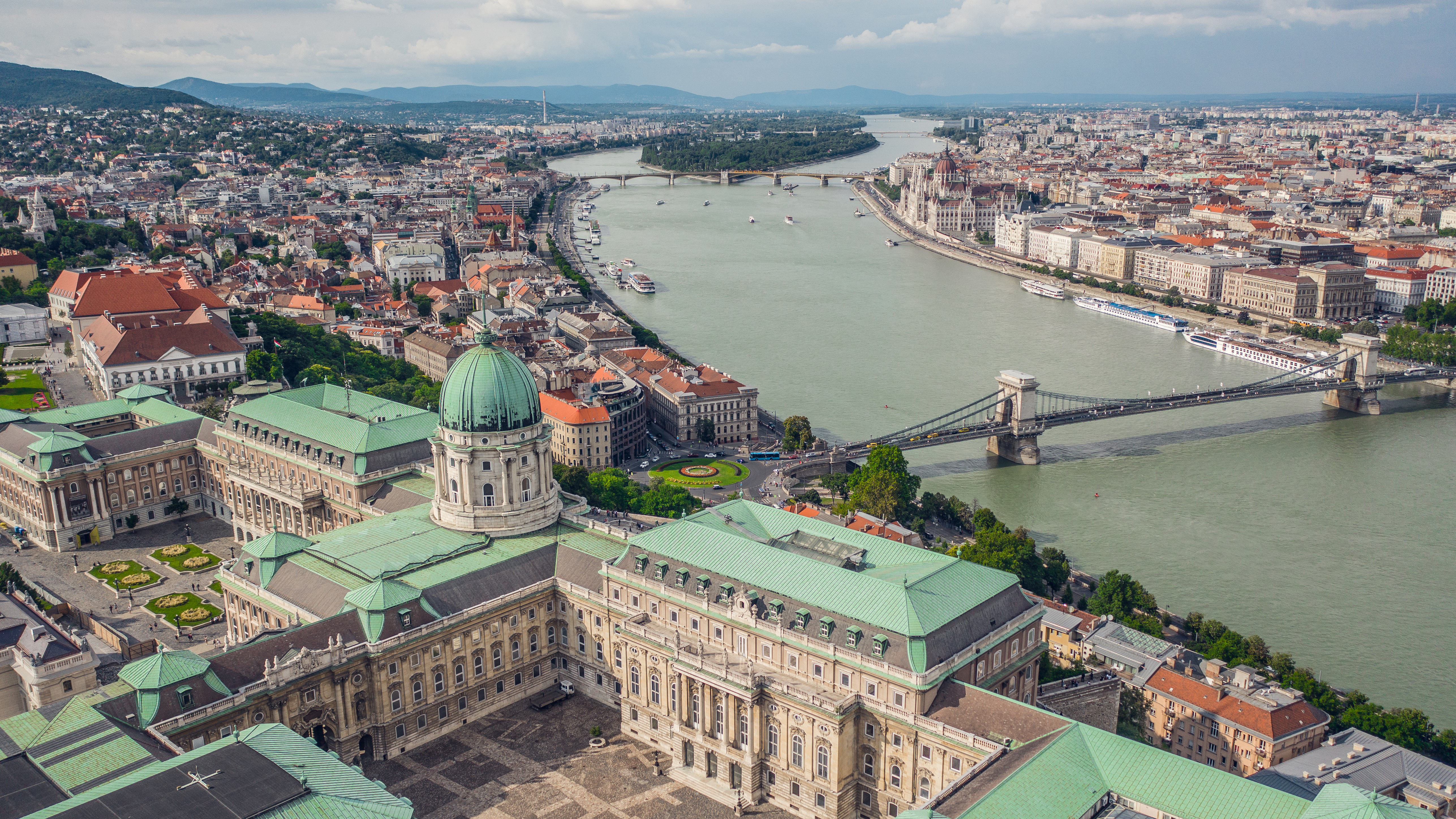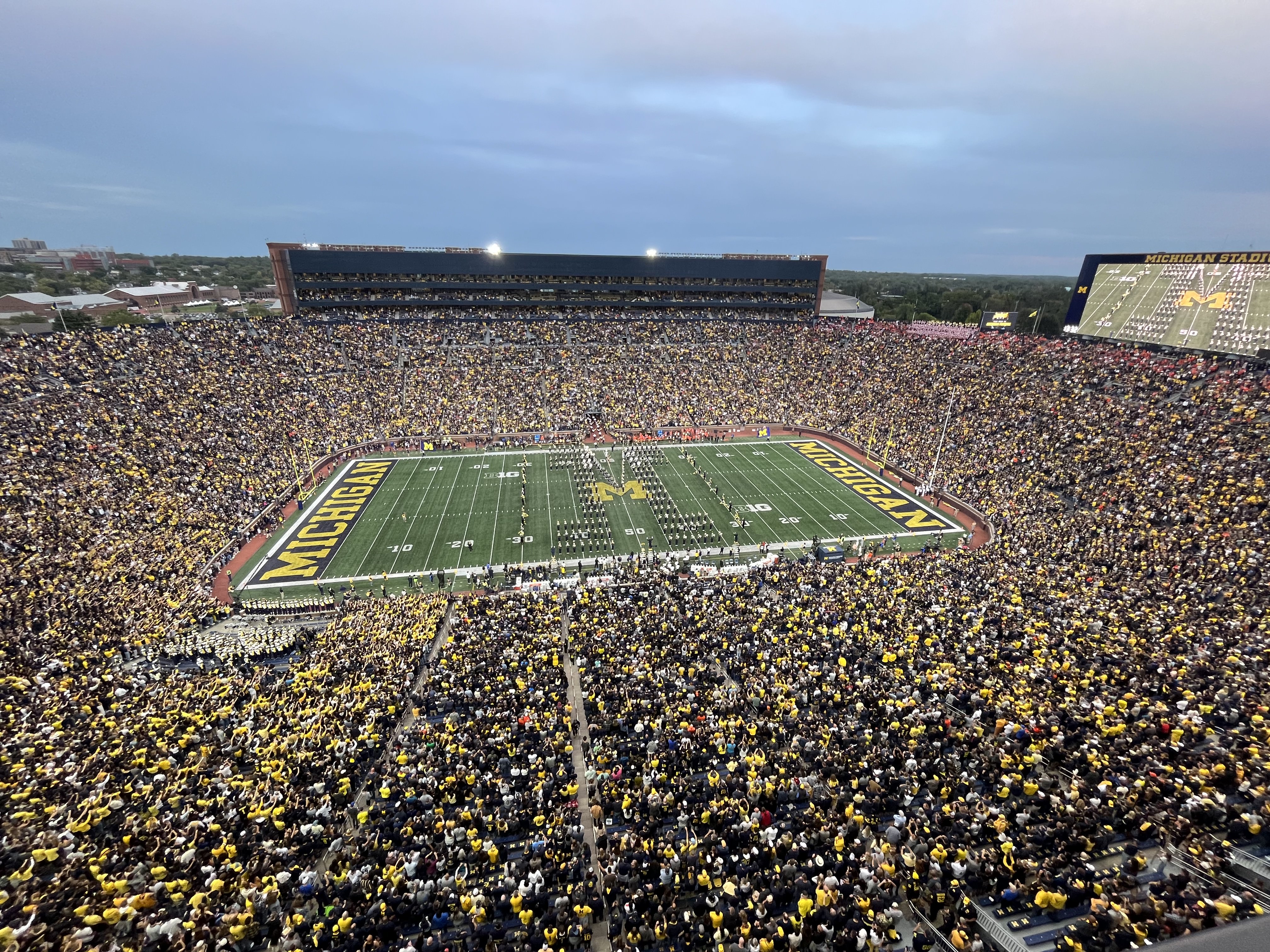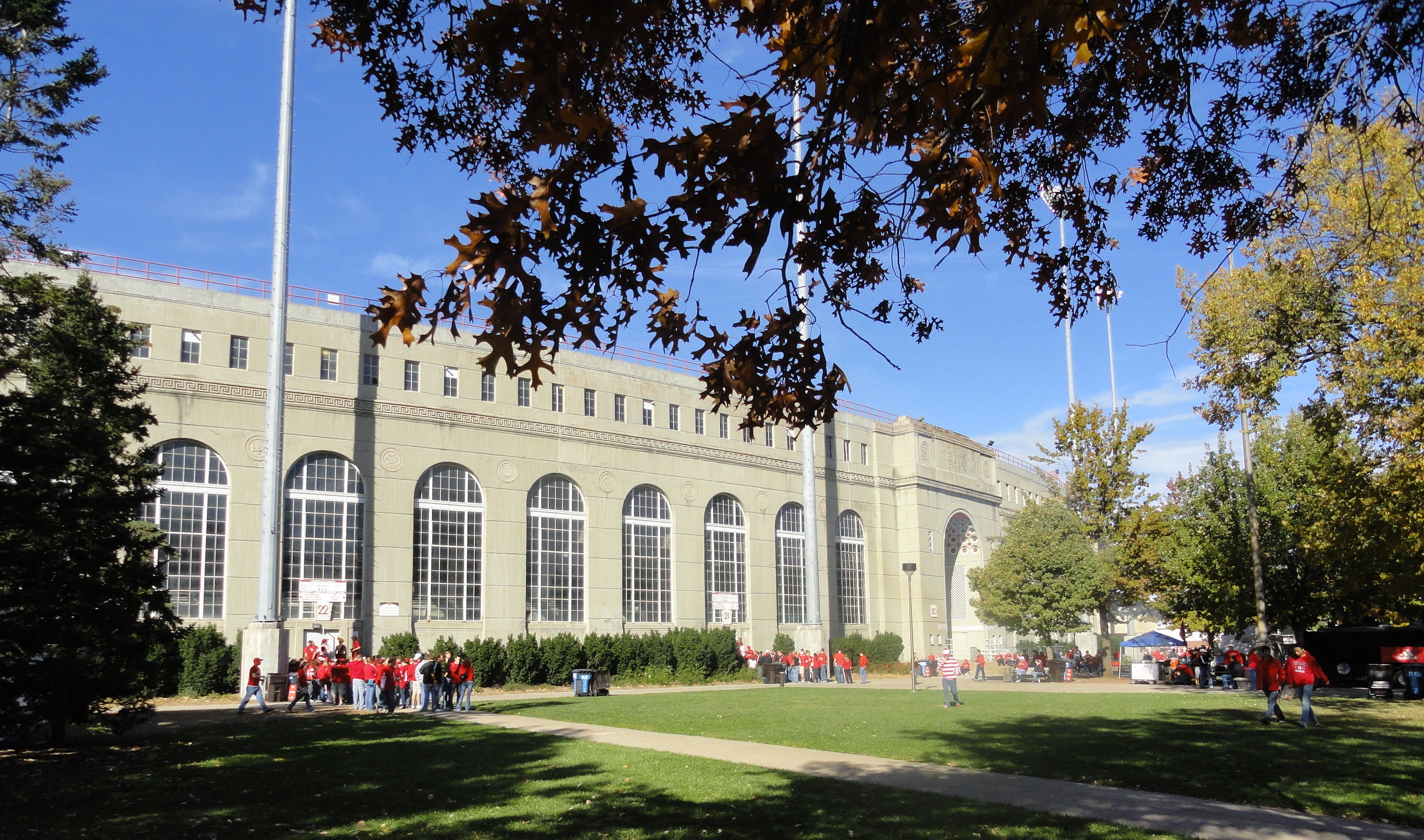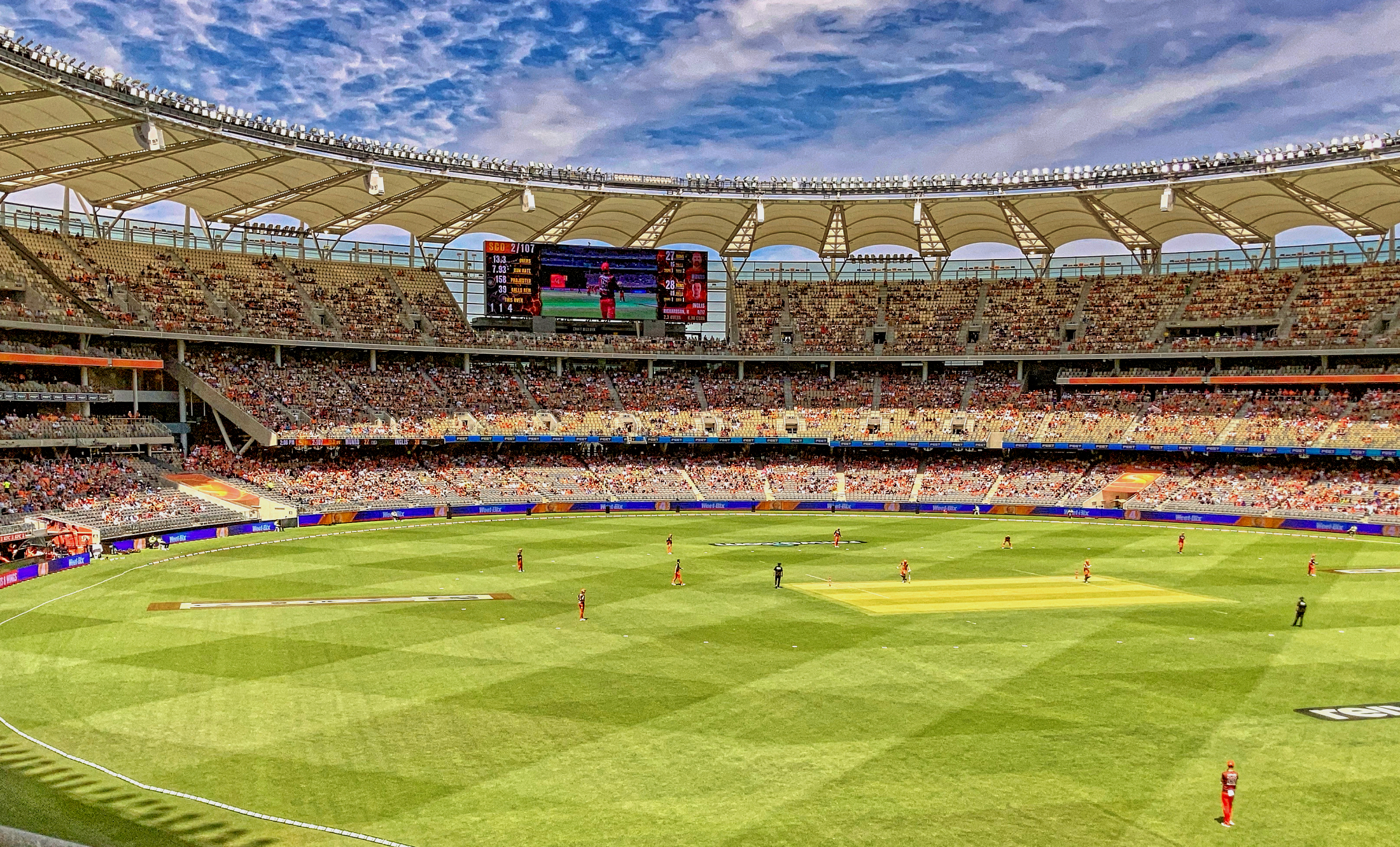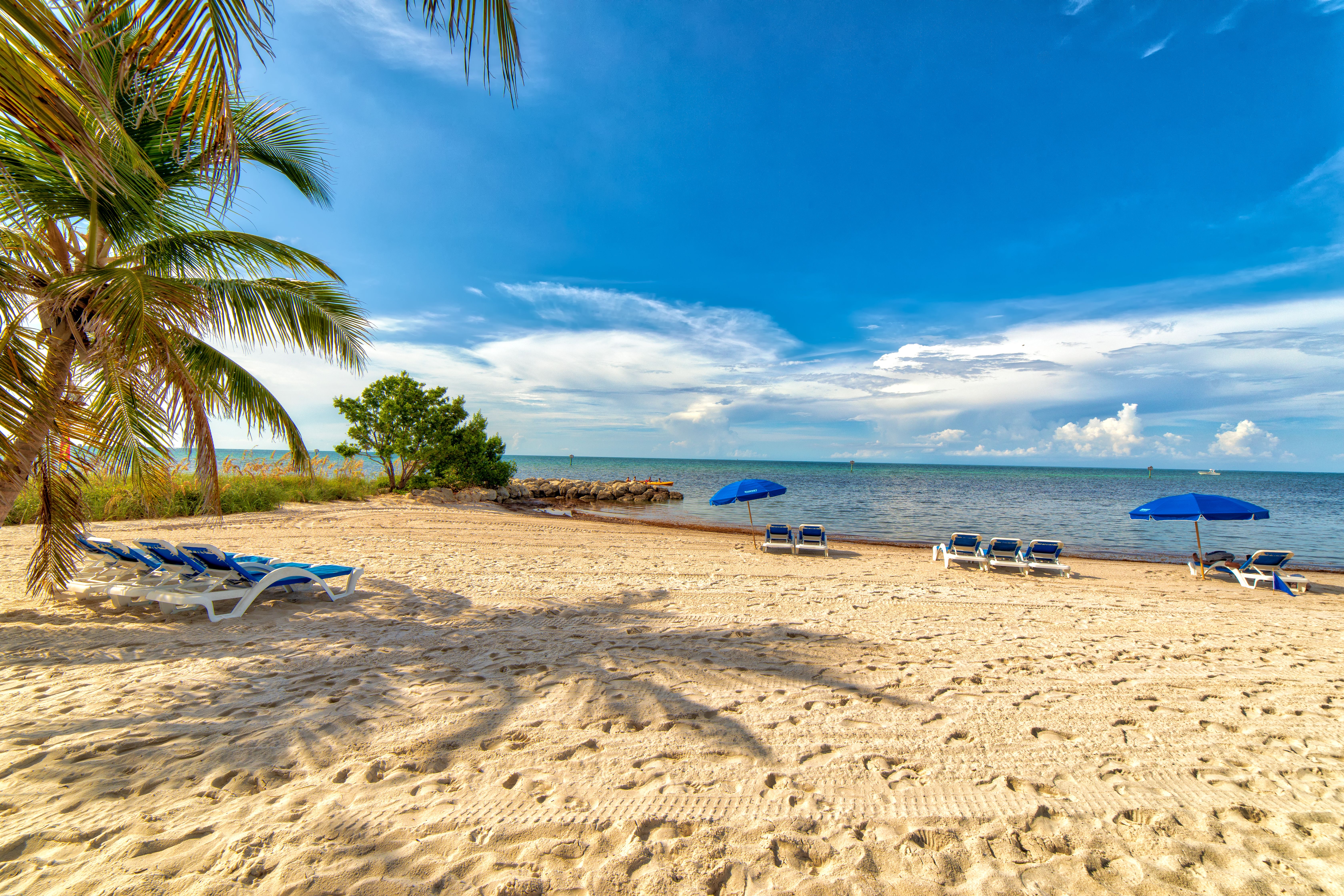21 Everyday Places You'd Never Guess Were Used for Dark Movie Scenes
Ever walk past a quaint small town square, a quiet suburban house, or even a stunningly beautiful natural landscape and feel an inexplicable shiver—a flicker of unease you can't quite place? You might be sensing the cinematic ghosts of a place masterfully hijacked by Hollywood and transformed into a backdrop for terror, tragedy, or heart-pounding tension. Filmmakers excel at taking the ordinary—sleepy towns, anonymous buildings, serene forests—and twisting them through camera angles, lighting, and narrative context into settings forever linked with cinema's darkest moments. This potent contrast between the familiar and the frightening leaves a lasting, unsettling imprint. We've significantly expanded our deep dive, uncovering 21 specific, often everyday locations whose innocuous facades hide surprisingly intense or disturbing movie scene histories. Prepare to see these recognizable places through a new, perhaps permanently altered, lens.
1. Distillery District, Toronto, Canada (X-Men, 2000)

Today, Toronto's Distillery District is a trendy hub of boutiques, galleries, and cafes, celebrated for its preserved Victorian industrial architecture. But director Bryan Singer saw something else in its aged brickwork and stark structures. For the harrowing opening scene of X-Men, this now-charming district was transformed into the muddy, oppressive grounds of the Auschwitz concentration camp in 1944 Poland, where a young Magneto first tragically manifests his powers. That vibrant public space you stroll through once stood in for one of history's darkest locations on screen.
2. Timberline Lodge, Oregon, USA (The Shining, 1980)
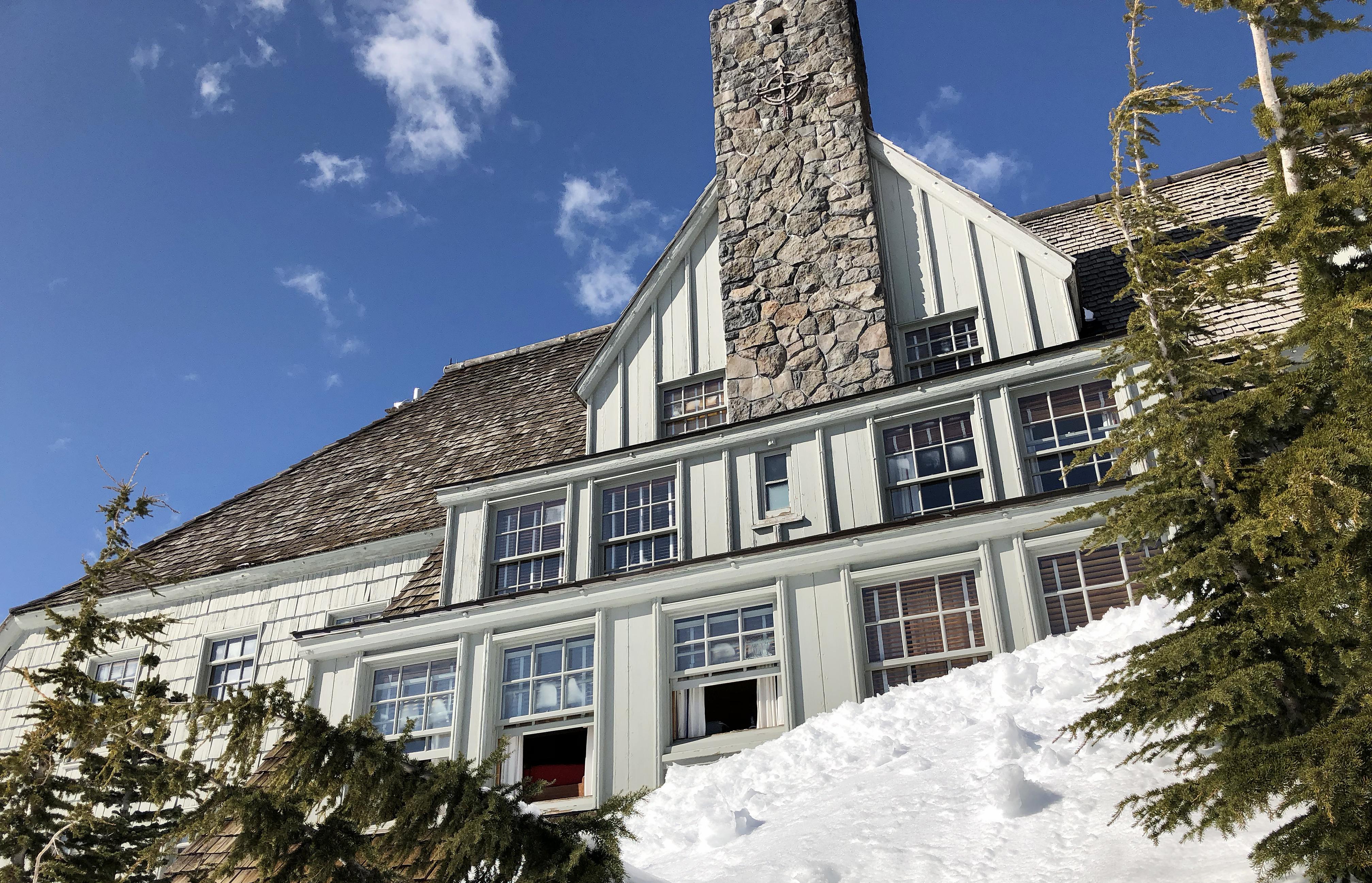
Perched majestically on Mount Hood, Timberline Lodge is a historic ski lodge famed for its stunning alpine architecture and cozy atmosphere. Millions recognize its imposing exterior, however, as the ominous Overlook Hotel from Stanley Kubrick's chilling masterpiece, The Shining. While the interiors were shot elsewhere, the lodge's isolated, snow-bound facade became synonymous with Jack Torrance's descent into madness and supernatural horror. Visiting this beautiful, functioning lodge today carries an undeniable echo of the psychological terror it represented on film.
3. Eastern State Penitentiary, Philadelphia, USA (12 Monkeys, 1995)
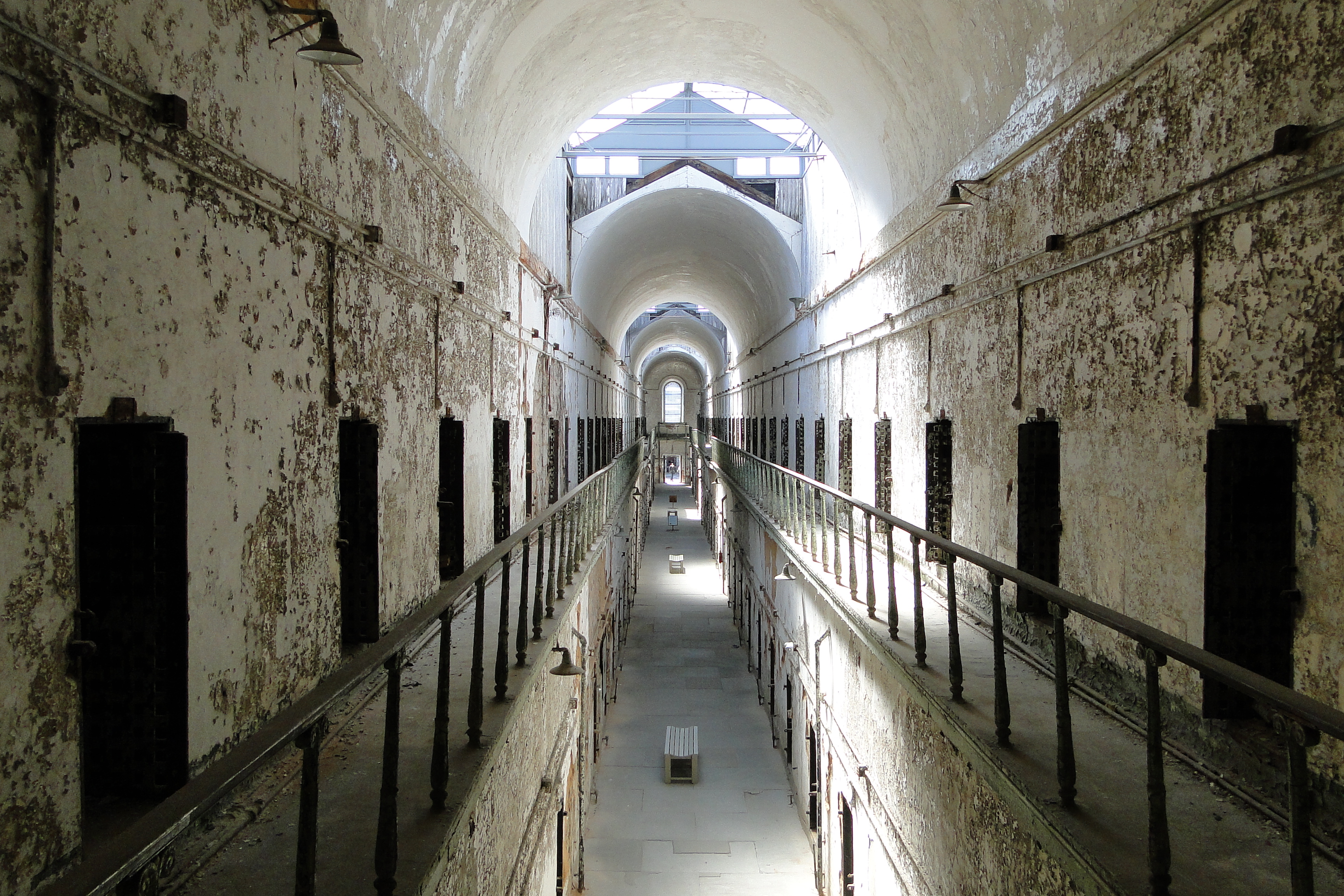
This imposing, castle-like structure was once a real, pioneering prison known for its radial design and emphasis on solitary confinement. Long abandoned and decaying by the 1990s, its crumbling cellblocks and eerie atmosphere provided the perfect setting for the grim mental institution depicted in Terry Gilliam's dystopian sci-fi film, 12 Monkeys. The very real decay and oppressive architecture lent chilling authenticity to scenes of psychological breakdown and confinement, transforming a historical site into a nightmarish vision of the future.
4. Vasquez Rocks Natural Area Park, California, USA (Various Sci-Fi/Westerns)
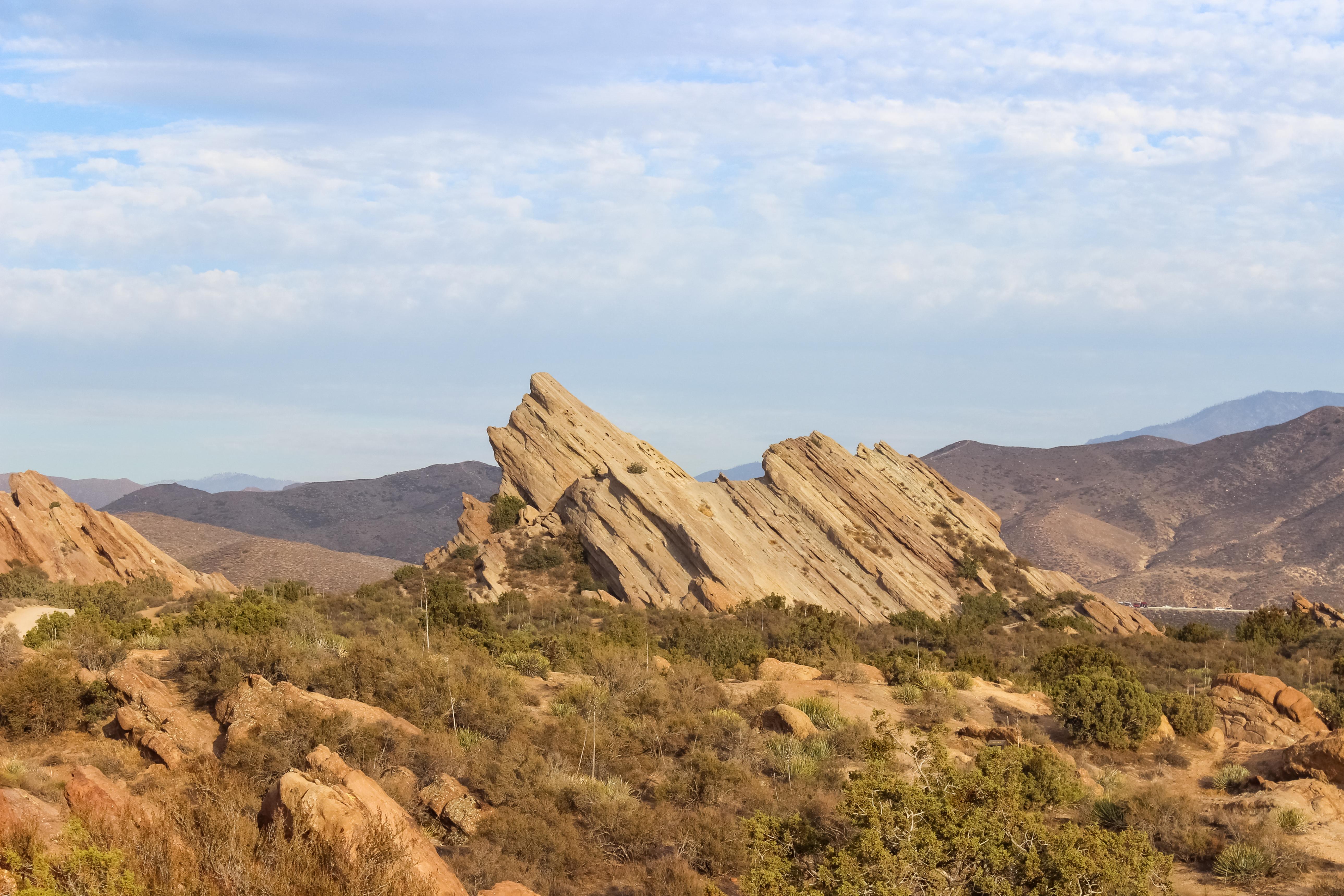
These dramatic, tilted sandstone formations north of Los Angeles are instantly recognizable, having appeared in countless films and TV shows, often as alien landscapes (Star Trek) or rugged Western terrain. While not always used for "dark" scenes, their stark, unique geology frequently serves as a backdrop for desolation, danger, or otherworldly struggles. Think Captain Kirk battling the Gorn, or scenes depicting harsh, unforgiving frontiers. This popular hiking spot constantly morphs on screen into places far more menacing or isolated than a sunny California park.
5. Martha's Vineyard, Massachusetts, USA (Jaws, 1975)
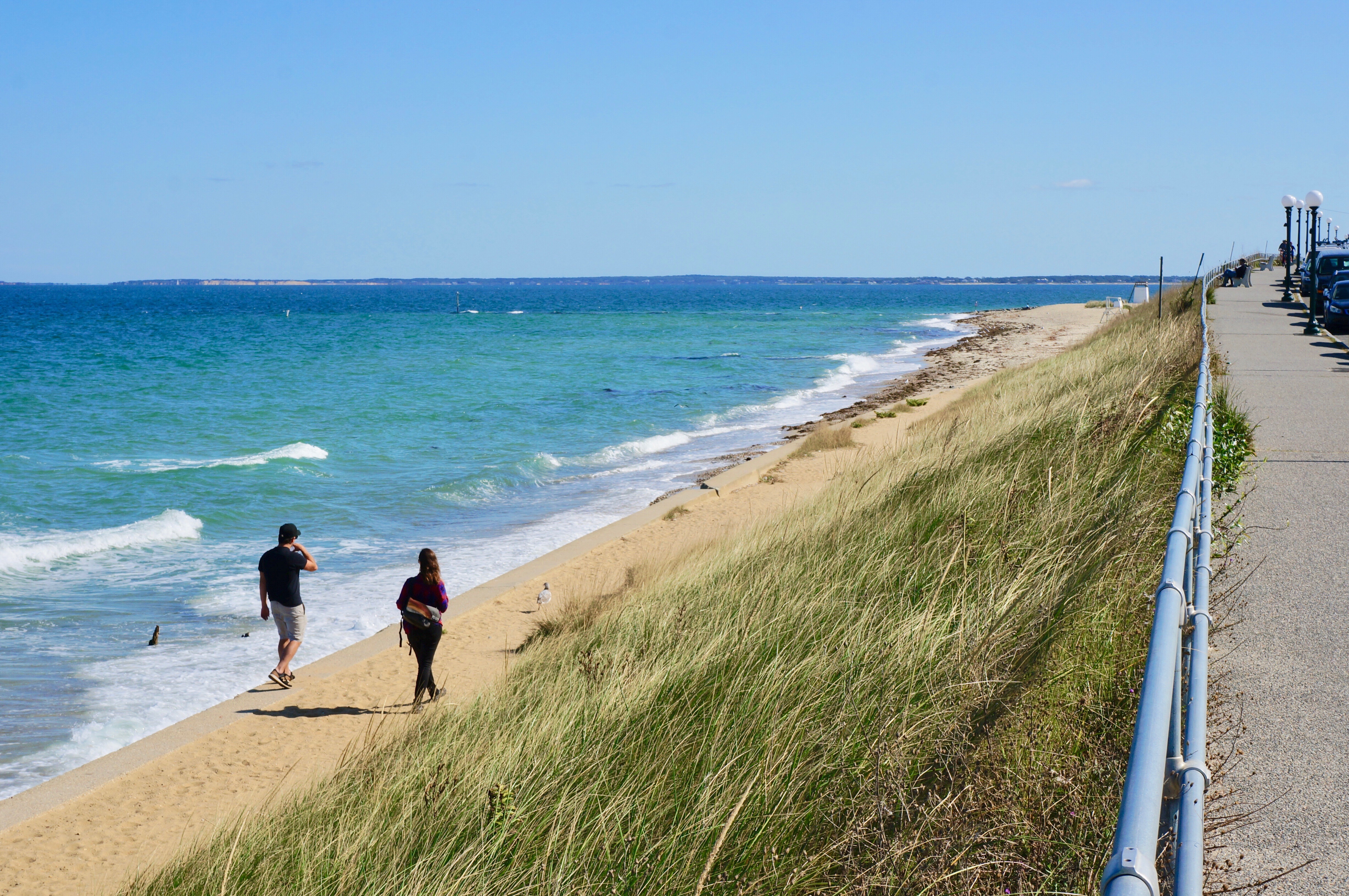
This idyllic island destination, known for its charming towns, beautiful beaches, and relaxed summer vibe, became the terrifying hunting ground for a monstrous great white shark in Steven Spielberg's Jaws. The film masterfully used the everyday setting of a quintessential New England summer resort town – Amity Island in the movie – to amplify the horror. Beachgoers, town meetings, and quiet harbors became sites of shocking carnage, forever linking this picturesque vacation spot with primal aquatic fear in the minds of millions.
6. Canary Wharf Station, London, UK (Rogue One / 28 Days Later)
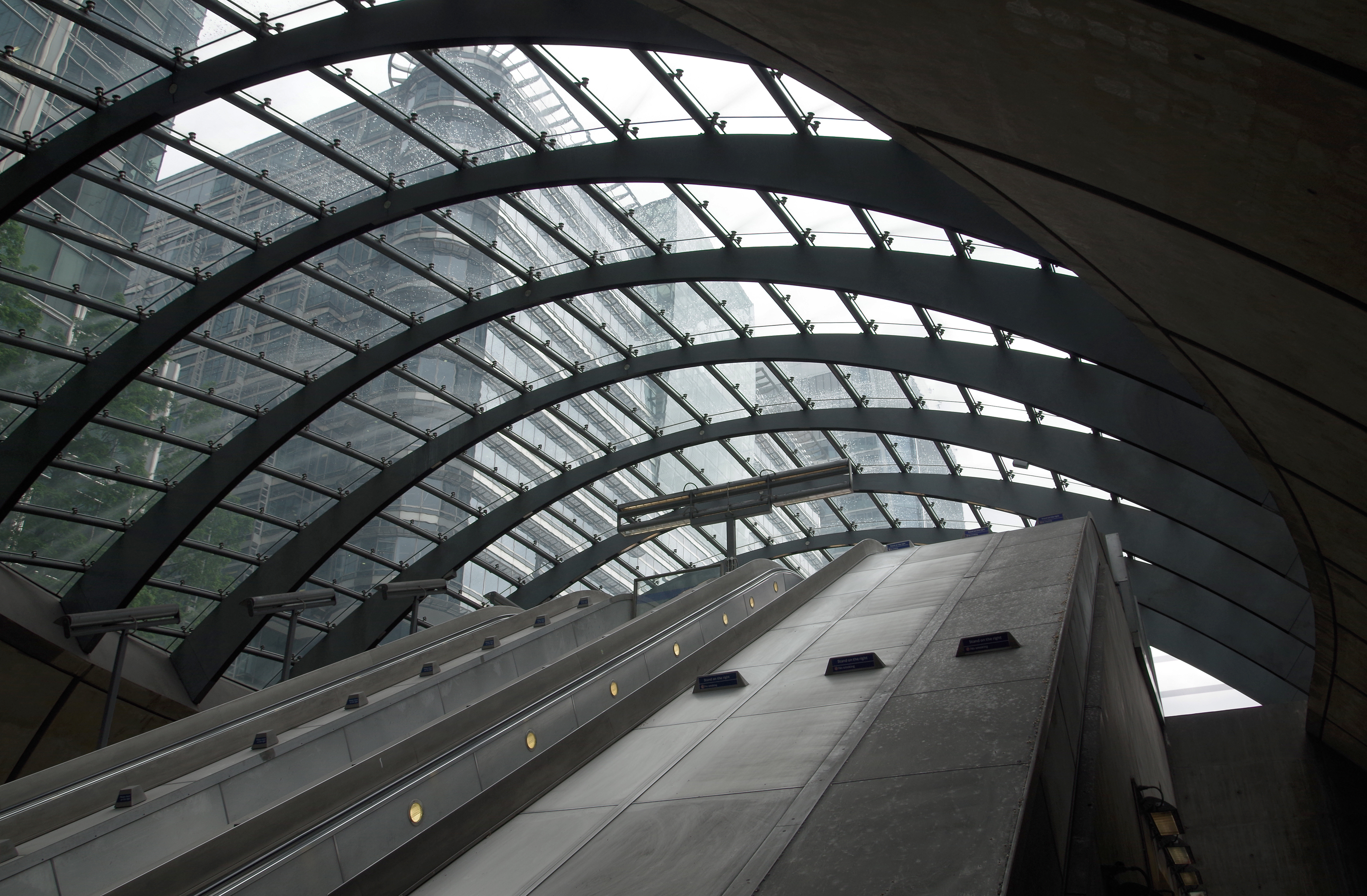
A sleek, modern cathedral of steel and glass, Canary Wharf Underground station embodies contemporary London transit. Yet, filmmakers saw its potential for transformation. In Rogue One: A Star Wars Story, its futuristic lines became part of a sterile Imperial base. More chillingly, in 28 Days Later, this usually bustling station stood completely desolate and eerily silent, amplifying the terrifying emptiness of a London ravaged by a pandemic. This everyday commuter hub became a symbol of societal collapse and futuristic dread.
7. Lake Powell, Arizona/Utah, USA (Planet of the Apes, 1968)

This vast, stunning reservoir with its dramatic shoreline and unique rock formations, created by the Glen Canyon Dam, offers spectacular recreational opportunities. However, its otherworldly landscape became the desolate, post-apocalyptic "Forbidden Zone" in the original Planet of the Apes. The striking scenery, meant for boating and sightseeing, was instead used to represent a future Earth ruled by apes, where human civilization had crumbled, lending an unsettling, dystopian feel to this popular vacation spot.
8. Ohio State Reformatory (Mansfield, OH, USA) (The Shawshank Redemption, 1994)
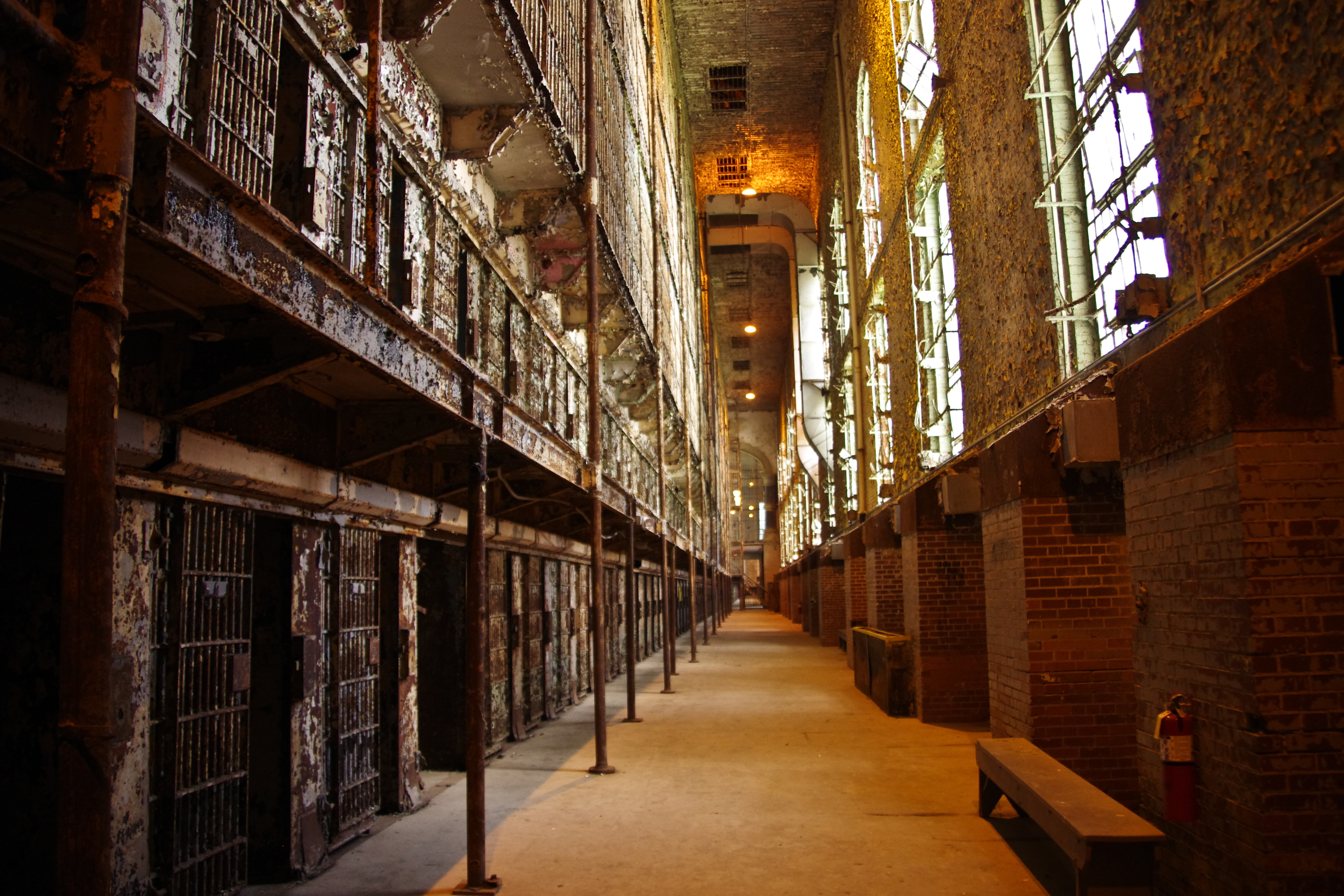
This historic former prison, with its imposing Victorian Gothic, Richardsonian Romanesque, and Queen Anne architecture, is inherently atmospheric. While The Shawshank Redemption is ultimately a story of hope, the reformatory served as the oppressive, brutal Shawshank State Penitentiary, depicting decades of institutional confinement, corruption, and despair. Visitors can tour the real cellblocks and administrative areas, experiencing the heavy atmosphere of the place where Andy Dufresne's harrowing, yet hopeful, story unfolded on screen.
9. Bronson Caves, Los Angeles, USA (Batman '66 / Invasion of the Body Snatchers)

Tucked away in Griffith Park, these short, man-made tunnels are remnants of a 1903 quarry. Yet, this simple location has become iconic. Most famously, its entrance served as the mouth of the Batcave in the campy 1960s Batman TV series. However, it's also frequently used for more sinister purposes in sci-fi and horror, serving as eerie cave entrances, alien lairs, or hiding spots for monsters, like in the classic Invasion of the Body Snatchers (1956). This unassuming spot constantly transforms into portals of fantasy or fear.
10. Stanley Park, Vancouver, Canada (Various X-Files / Twilight)

Vancouver's beloved Stanley Park, a vast urban oasis of lush rainforest trails and scenic seawalls, offers tranquility to millions. But its dense, often misty forests have frequently been used by filmmakers to evoke mystery, suspense, and supernatural dread. Countless episodes of The X-Files used its woods for spooky encounters and government conspiracies. Similarly, the Twilight saga utilized its moody Pacific Northwest atmosphere for scenes involving vampires and werewolves, transforming this beautiful public park into a realm of the uncanny.
11. Philadelphia City Hall, USA (12 Monkeys, 1995)
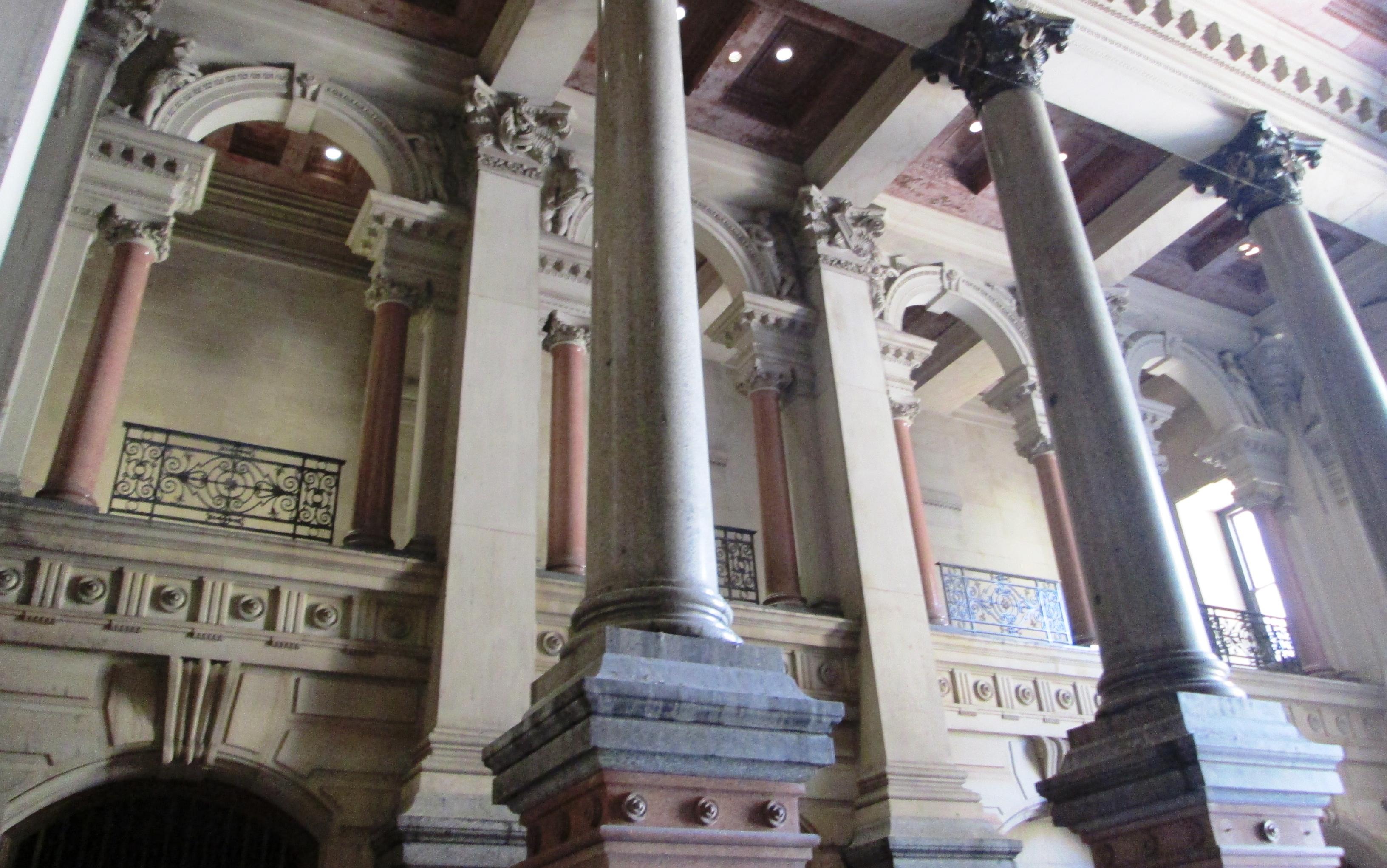
An architectural marvel and functioning seat of city government, Philadelphia City Hall is a landmark of civic pride. However, Terry Gilliam utilized its grand, historic interiors for unsettling scenes in 12 Monkeys. The ornate architecture becomes an oppressive backdrop, particularly during Bruce Willis's character's interrogation sequences within what appears to be its institutional confines. The contrast between the building's intended grandeur and its use as a setting for psychological distress and the film's bleak future creates a memorable dissonance.
12. Point Reyes Lighthouse (Point Reyes National Seashore, CA) – The Fog (1980)
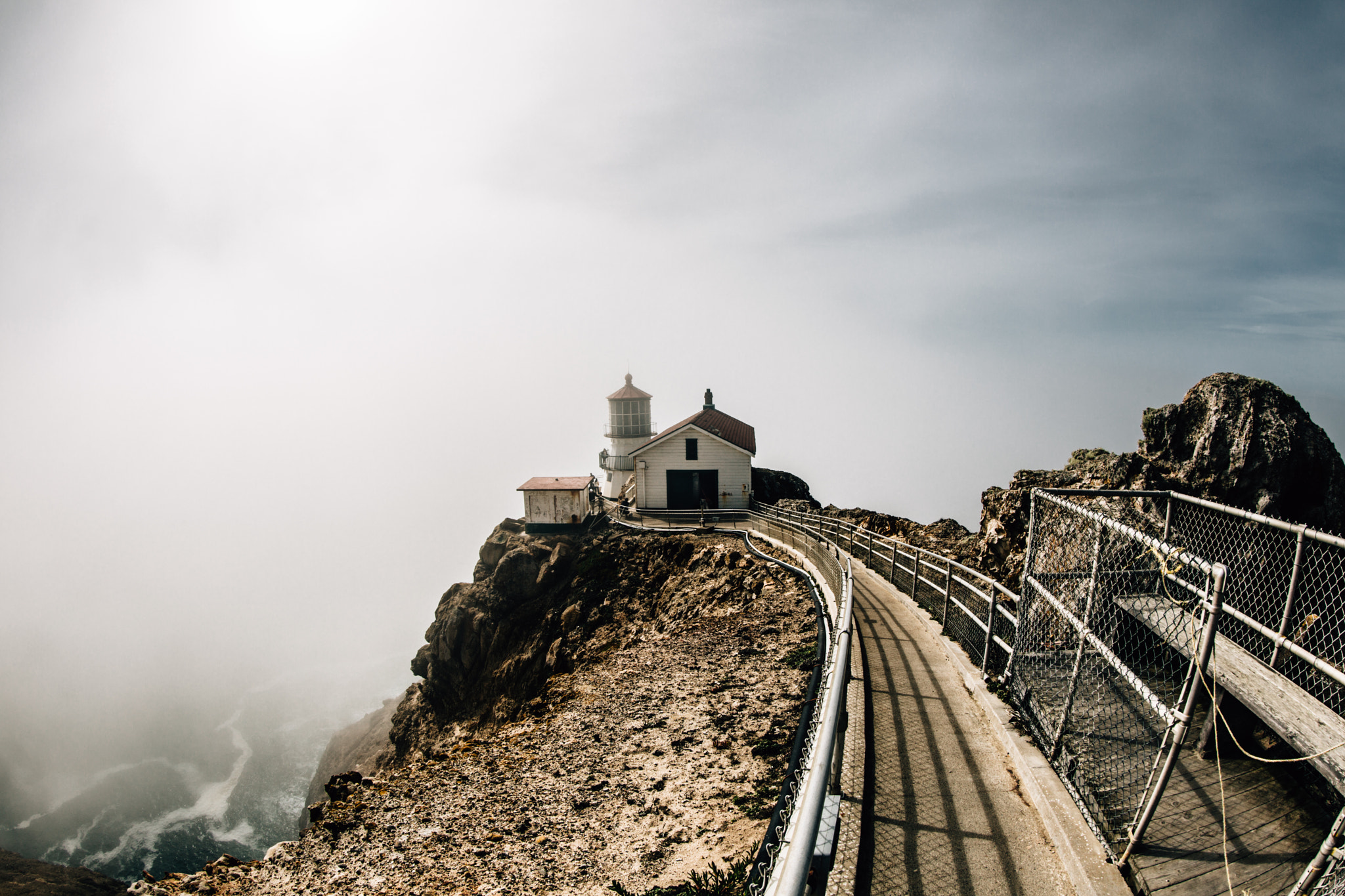
This picturesque, historic lighthouse perched dramatically on the California coast warns ships of danger. But in John Carpenter's eerie horror film, The Fog, it becomes the focal point for dread, its lamp cutting through a supernatural, deadly fog bank carrying vengeful ghosts. The isolated, wind-swept beauty of the real location was masterfully used to amplify suspense and signal impending doom, turning a scenic landmark into ground zero for ghostly terror descending upon the nearby town (partially filmed in Point Reyes Station).
13. South Pasadena, CA – Halloween (1978)

Director John Carpenter needed a stand-in for the fictional Haddonfield, Illinois, and found it in the quiet, leafy streets of South Pasadena. This idyllic American suburb, with its charming homes and tree-lined sidewalks, became the terrifyingly mundane hunting ground for Michael Myers. The contrast between the peaceful suburban setting and the relentless, silent evil stalking its streets is a key element of the film’s horror, proving that terror doesn't need Gothic castles – it can find you right at home.
14. Astoria, Oregon & Yaquina Head Lighthouse – The Ring (2002)
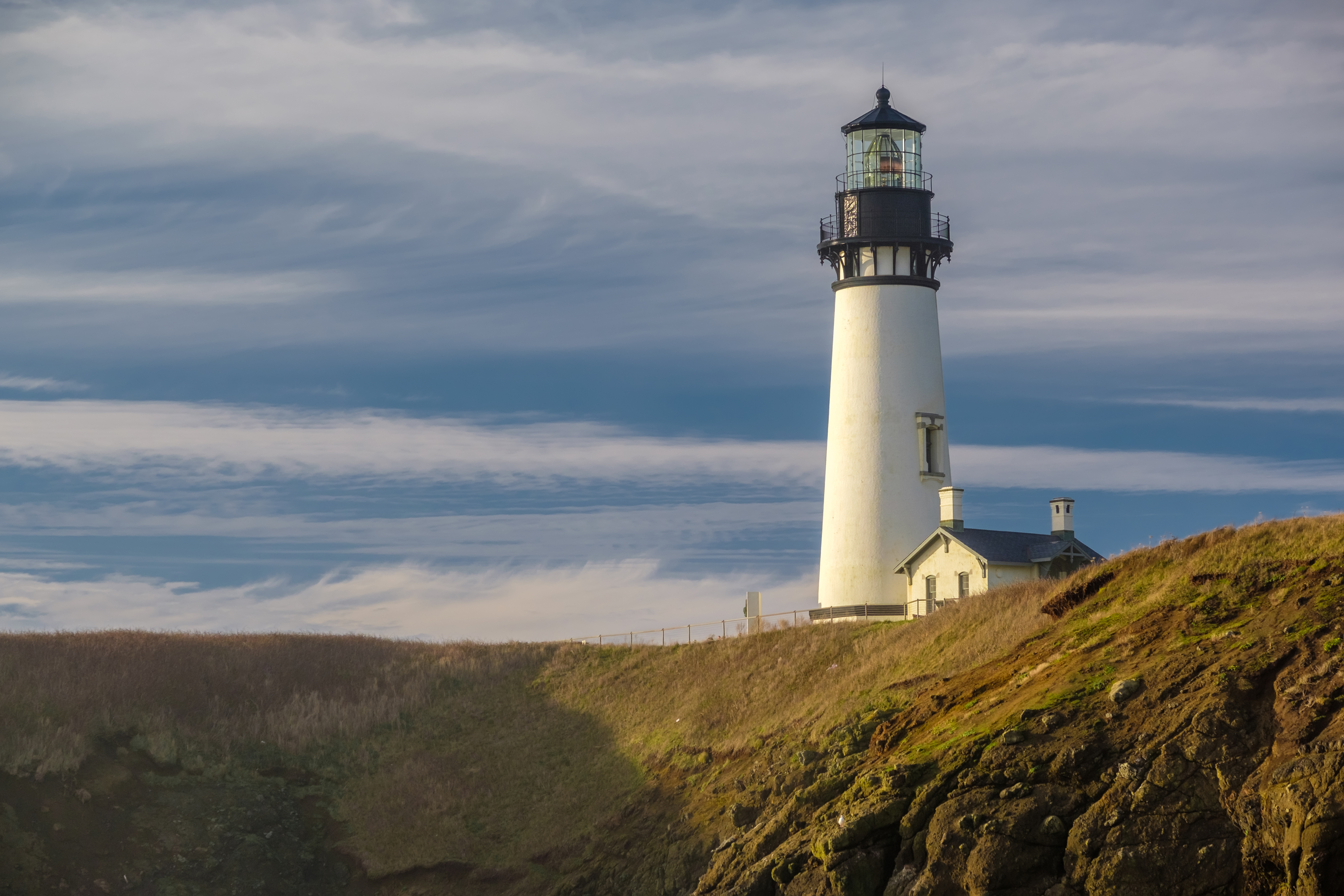
While famous for hosting family adventures like The Goonies, the moody, often overcast atmosphere of Astoria and the surrounding Oregon coast provided the perfect unsettling backdrop for Gore Verbinski's chilling remake, The Ring. Key locations, including the dramatic Yaquina Head Lighthouse further down the coast (representing the cursed Moesko Island Lighthouse), were imbued with dread and supernatural mystery. The film transformed the region's natural Pacific Northwest gloom and maritime history into symbols of inescapable, water-logged horror emanating from that videotape.
15. Skellig Michael, Ireland – Star Wars: The Force Awakens / The Last Jedi

This breathtaking, remote island off the Irish coast is a UNESCO World Heritage site, home to incredibly preserved 6th-century monastic beehive huts. Accessible only by boat (weather permitting), its dramatic isolation and rugged beauty became the perfect setting for Luke Skywalker's self-imposed, melancholic exile on Ahch-To in the Star Wars saga. While visually stunning, the location represents burden, failure, and retreat from the galaxy's struggles, transforming a place of ancient spiritual refuge into a hideaway haunted by past traumas.
16. Hatley Castle (Royal Roads University, BC, Canada) – X-Men Film Series

This stunning Edwardian castle and its surrounding gardens serve as the beautiful campus for Royal Roads University near Victoria, BC. On screen, however, Hatley Castle is Xavier's School for Gifted Youngsters, the headquarters for the X-Men. While often depicted as a sanctuary, this idyllic location repeatedly becomes a battleground, a target for anti-mutant forces, and the site of internal conflict and tragedy within the film series. The beautiful facade hides a history of struggle, prejudice, and high-stakes mutant drama.
17. Bodie State Historic Park, CA – Various Westerns
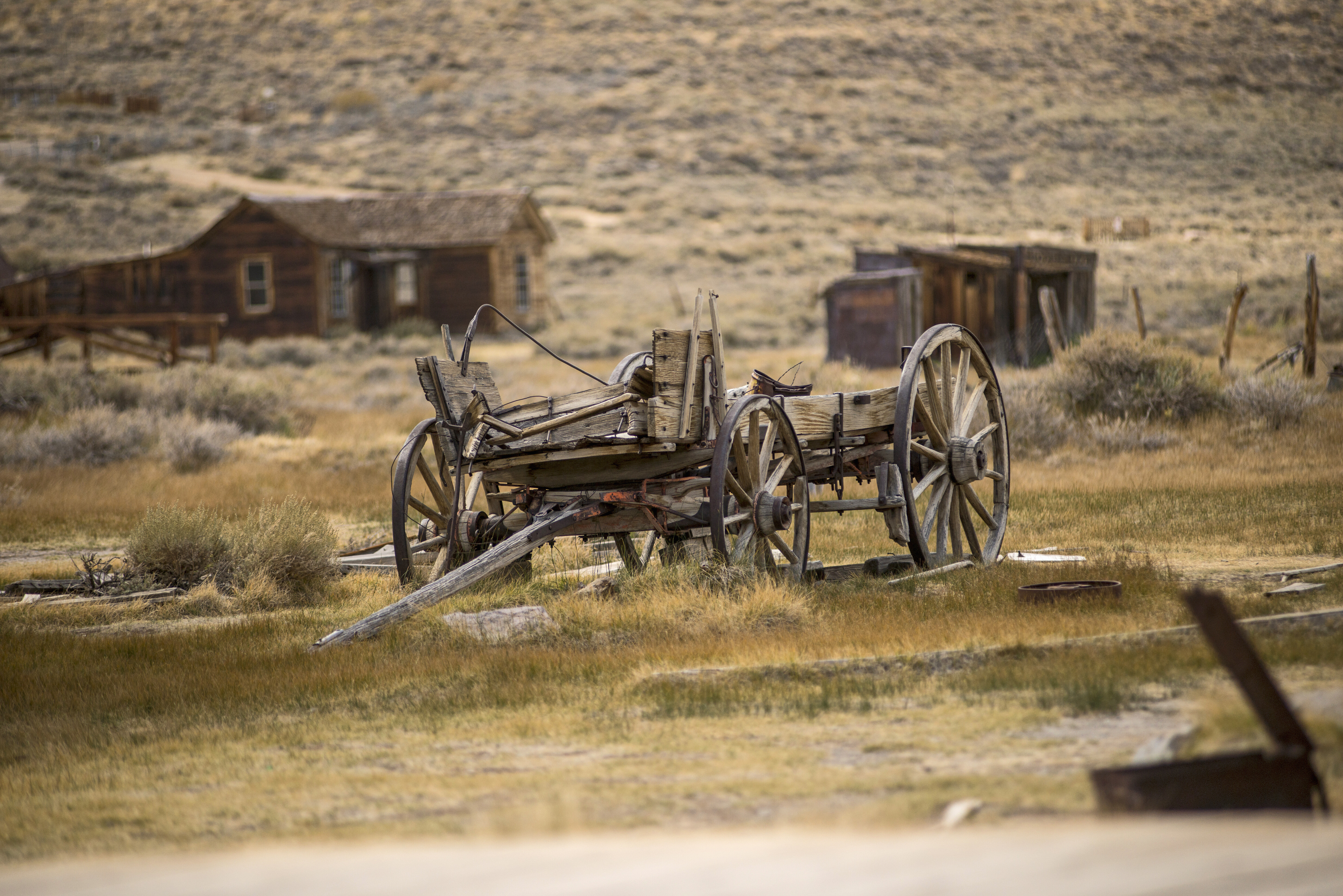
Bodie isn't a set; it's a real California gold-mining ghost town preserved in a state of "arrested decay." Its weathered buildings, dusty streets, and isolated high-desert location provide unparalleled authenticity for Western films seeking to depict the harshness, lawlessness, and loneliness of the frontier era. Beyond typical shootouts, Bodie's genuine ghostly atmosphere lends itself to films exploring themes of failure, desperation, and the haunting remnants of the past, making it more than just a backdrop – it's a character.
18. Seneca Creek State Park, Maryland – The Blair Witch Project (1999)
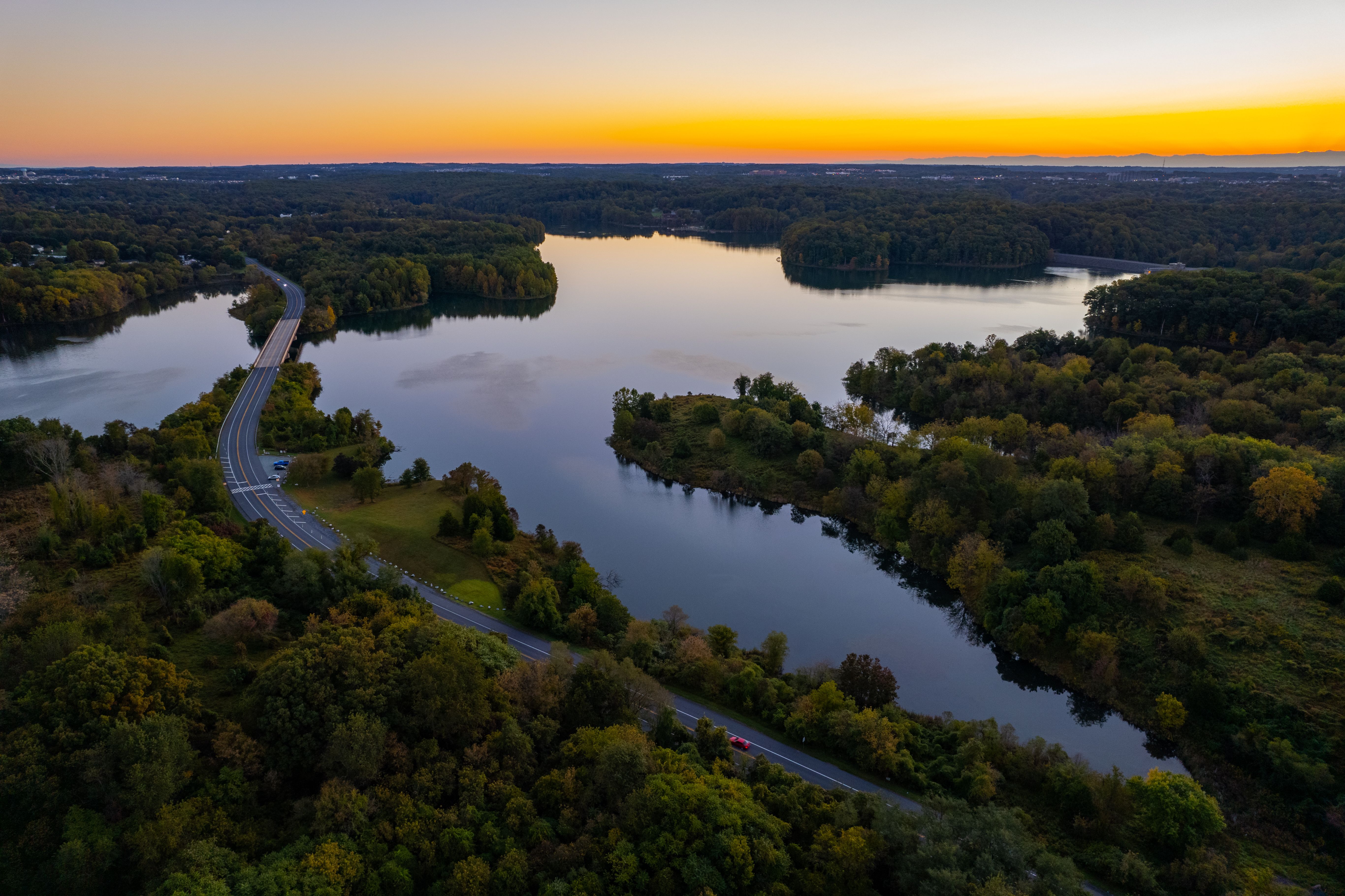
The terrifyingly disorienting woods where student filmmakers met their doom in The Blair Witch Project weren't some remote ancient forest. Much of the iconic found-footage horror was filmed in the very ordinary, accessible Seneca Creek State Park in Maryland. The filmmakers masterfully used the park's dense foliage, meandering trails (especially near the Black Rock Mill area), and nighttime darkness to create an atmosphere of inescapable dread and unseen menace, proving that profound terror can be conjured from seemingly unremarkable local woodlands.
19. The Dakota Apartments (New York City) – Rosemary's Baby (1968)
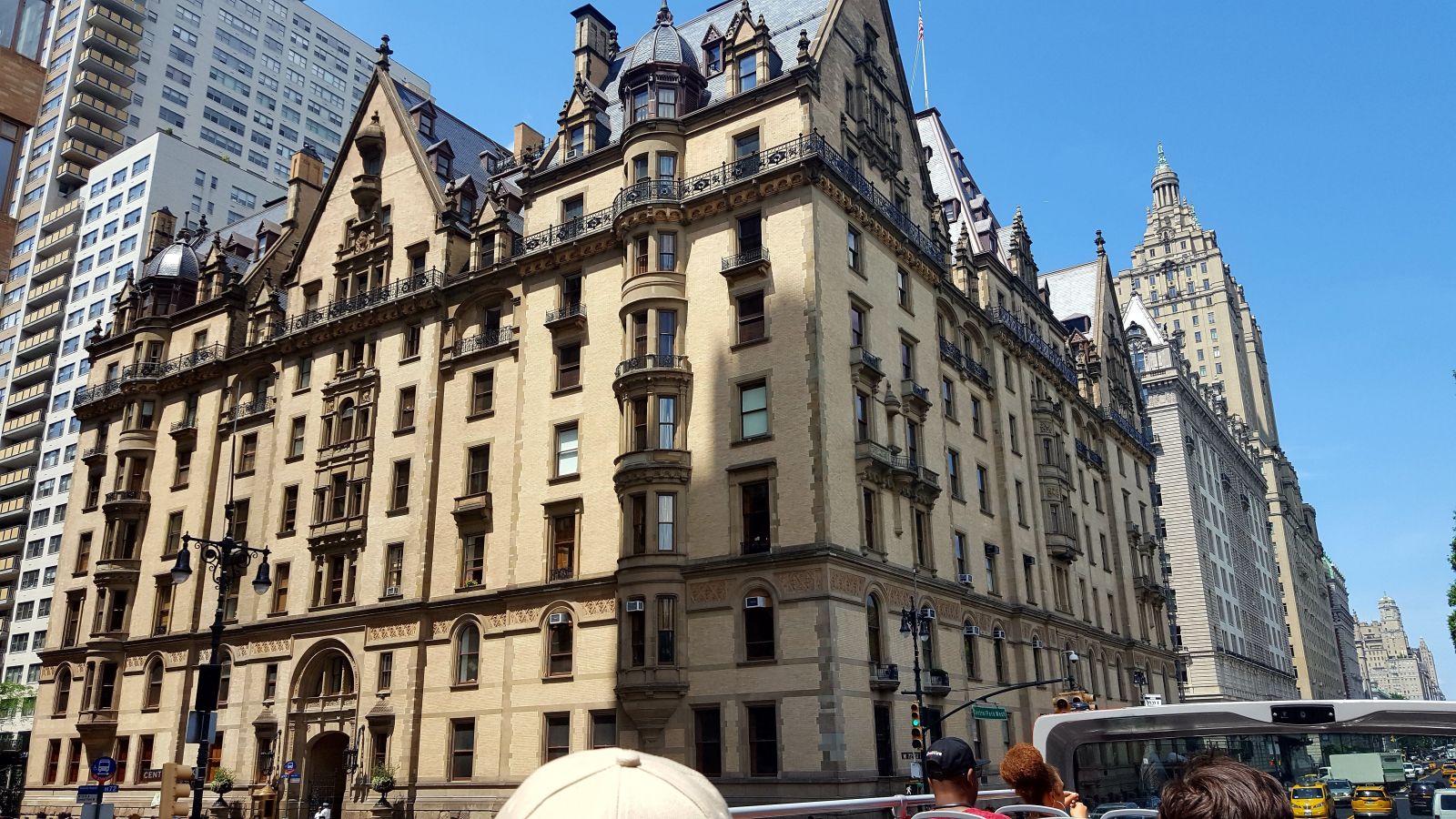
This exclusive, historic apartment building overlooking Central Park is famous for its architecture and high-profile residents (including John Lennon). But Roman Polanski transformed its prestigious facade into "The Bramford," the sinister setting for Rosemary's Baby. The Dakota's ornate, slightly gothic architecture became the home of seemingly helpful but secretly malevolent neighbors orchestrating a demonic conspiracy. The film forever imbued this real-life landmark with an aura of sophisticated, chilling evil lurking behind its elegant doors.
20. French Quarter, New Orleans, LA – Interview with the Vampire (1994) & others
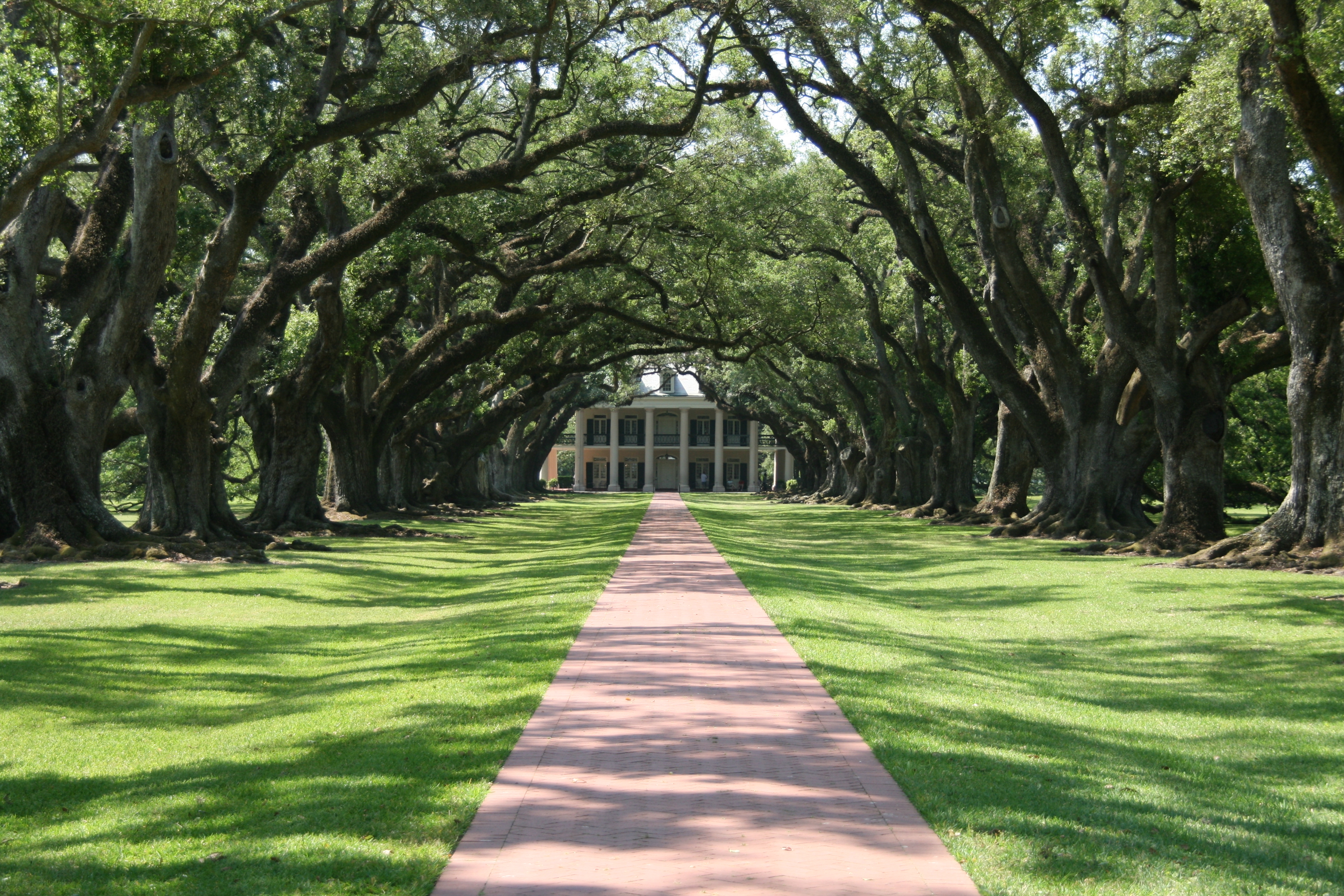
The vibrant, historic heart of New Orleans, with its wrought-iron balconies, hidden courtyards, lively music, and air of faded grandeur, is captivating on its own. But filmmakers frequently tap into its darker, more decadent side. In Interview with the Vampire, the Quarter becomes a backdrop for Gothic angst, eternal torment, and vampiric feeding. Its unique atmosphere readily lends itself to tales of the supernatural, decay, mystery, and danger lurking just beneath the celebratory surface, making it a go-to location for stories exploring life's shadowy edges.
21. Centralia, Pennsylvania – Inspiration for Silent Hill (2006 Film)

While not a direct filming location for most scenes, the real-life story and eerie state of Centralia, PA, directly inspired the perpetually burning, ash-choked atmosphere of the town in the Silent Hill horror film (and game series). An underground coal mine fire, burning since 1962, forced the town's near-total abandonment, leaving behind empty streets, eerie steam vents, and unstable ground. This real-world environmental disaster zone provides a chillingly authentic basis for the film's oppressive, inescapable, and hellish alternate dimension.
The Hidden Narratives of Place
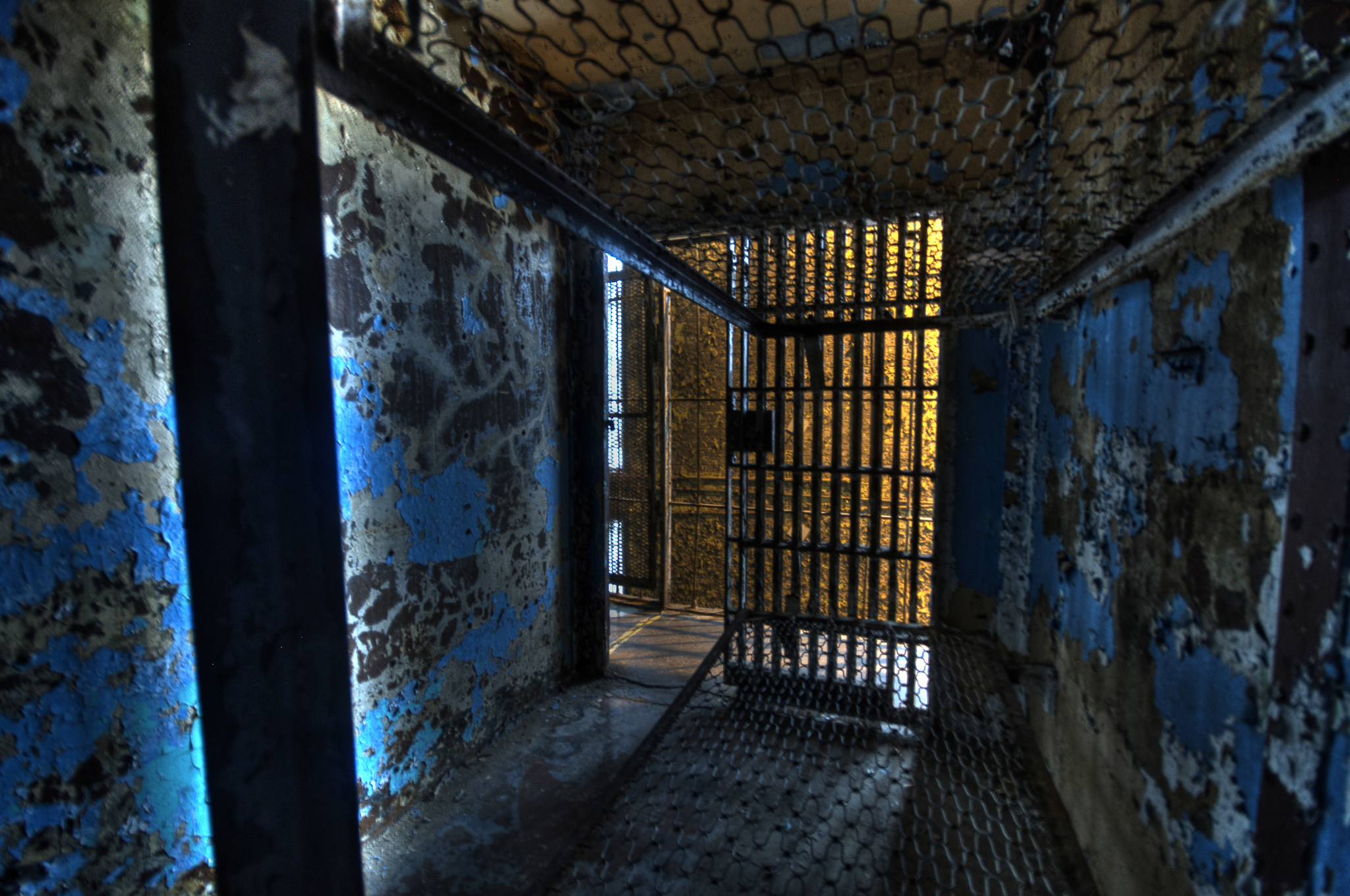
These locations prove that cinematic darkness isn't confined to haunted houses or remote castles. Filmmakers expertly leverage the familiarity of everyday places—a public park, a working train station, a beloved vacation spot—to create a deeper sense of unease. By embedding intense narratives within these ordinary settings, they remind us that the extraordinary, and sometimes the terrifying, can exist just beneath the surface of our normal world. The next time you visit one of these spots, you might just see it through a new, slightly darker lens.

